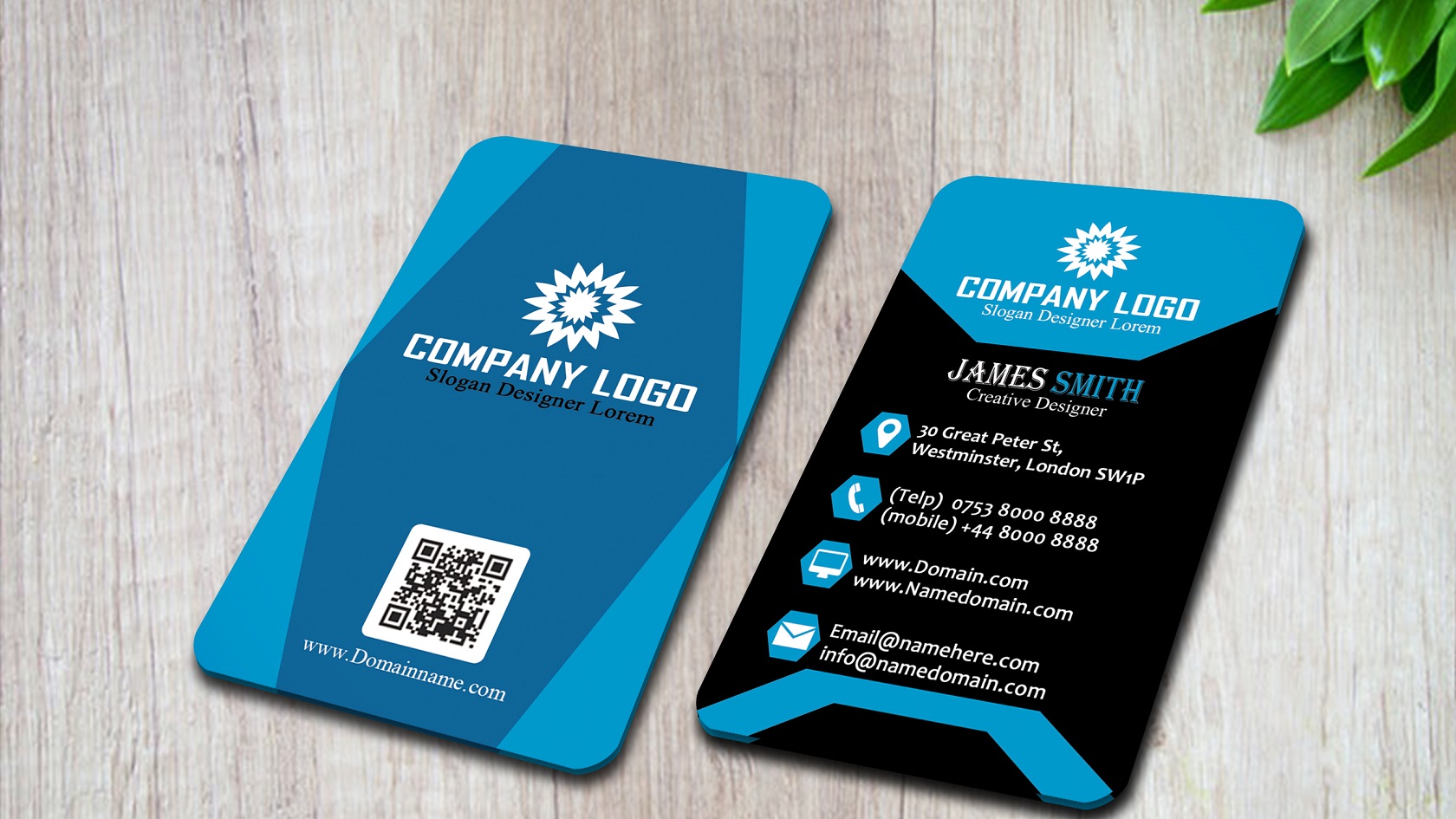
When it comes to designing your business cards, one of the first decisions you’ll need to make is whether to go with a vertical or horizontal layout. Both options have their own unique benefits and considerations, and the choice ultimately depends on your personal preference and the message you want to convey. In this article, we’ll explore the pros and cons of each option, helping you make an informed decision for your business.
The Power of First Impressions

Your business card is often the first point of contact potential clients have with your brand. It’s crucial to make a strong first impression and ensure that your card stands out from the competition. The layout, orientation, and overall design of your card play a significant role in achieving this.
Vertical Business Cards: Sleek and Modern

Vertical business cards have gained popularity in recent years for their sleek and modern look. With a vertical orientation, these cards stand tall and command attention. They offer a unique and unconventional approach that can help your business card make a lasting impact.
One of the advantages of vertical business cards is the ample space they provide for creativity. With their elongated shape, vertical cards allow for more design possibilities. You can include larger images or prominent logos, and experiment with different fonts and colors. This additional space can be particularly useful if you want to showcase visual elements or convey a strong visual message.
Vertical business cards also have a practical advantage. Their shape makes them easy to slip into a wallet or cardholder without taking up much space. This convenience ensures that your card is more likely to be kept and referred to in the future, increasing the chances of potential clients remembering your brand.
However, it’s worth considering that vertical business cards may not be suitable for every business or industry. Certain professions, such as lawyers or accountants, may prefer a more traditional approach. Additionally, if your brand identity aligns better with a horizontal layout, a vertical card may not accurately reflect your business values.
Horizontal Business Cards: Classic and Professional
When most people envision a business card, they picture a horizontal layout. This classic design has stood the test of time and is widely recognized as a symbol of professionalism. If your business operates in a more conservative industry, a horizontal business card may be the ideal choice to convey a sense of trust and reliability.
The horizontal layout offers its own set of advantages. It provides a balanced and symmetrical design that is pleasing to the eye. The standard size of horizontal cards also allows for easy readability and compatibility with card scanners, making it a practical choice for networking events or conferences.
Moreover, horizontal business cards offer a versatile canvas for graphic elements and textual information. You can divide the space into clear sections, effectively organizing your contact details and any essential information about your business. This can be beneficial if you have a lot of information to include or if you want to emphasize specific details, such as multiple phone numbers or social media links.
However, it’s important to note that horizontal business cards have become quite common, and thus, may not stand out as much as their vertical counterparts. If you’re looking to make a bold statement or differentiate yourself from the competition, a horizontal layout may not be the best choice.
Making the Right Choice for Your Business

Now that we’ve explored the advantages and considerations when choosing between vertical and horizontal business cards, it’s time to summarize and assist you in making an informed decision for your business.
Consider Your Brand Identity
Your business card should align with your brand identity, reflecting the values and personality of your business. If your brand embraces innovation and creativity, a vertical layout may be a better fit. On the other hand, if your brand focuses on tradition and professionalism, a classic horizontal design may be more suitable.
Evaluate Your Industry
Consider the norms and expectations within your industry. If your profession demands a more conservative or traditional approach, a horizontal business card may be the safer choice. However, if your industry allows for more flexibility and creativity, a vertical layout could help you stand out from the competition.
Assess Practicality and Readability
Think about the practical aspects of your business card. Consider how easily it can be stored, scanned, and read by potential clients. While vertical cards offer more space for creative design, they may not always be as practical as their horizontal counterparts.
Experiment and Seek Feedback
If you’re still unsure about which option to choose, consider getting feedback from colleagues, friends, or industry professionals. Share your design ideas with them and seek their opinions. Sometimes an outside perspective can provide valuable insights and help you make a more informed decision.
In conclusion, when it comes to deciding between vertical or horizontal business cards, there is no one-size-fits-all answer. Both options have their unique benefits and considerations. Consider your brand identity, industry norms, practicality, and seek feedback. Ultimately, choose a design that best represents your business and creates a lasting impression on potential clients.
Ava Taylor’s passion for branding and marketing shines through in her dynamic writing. She brings a unique perspective with her background in event planning, infusing creativity into her content. When she’s not writing, Ava enjoys organizing community events and gatherings.